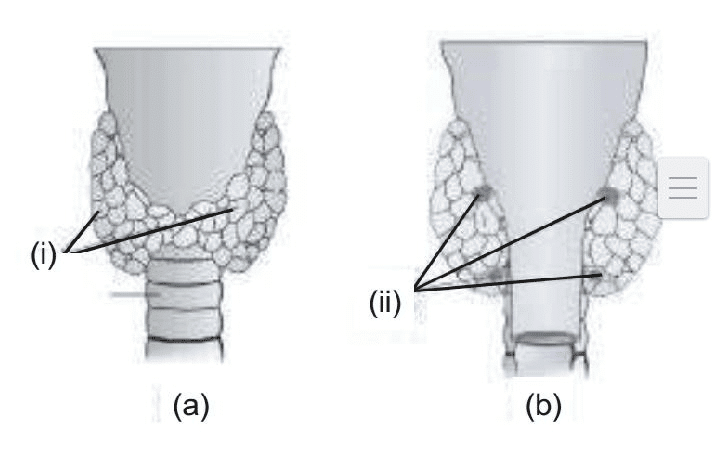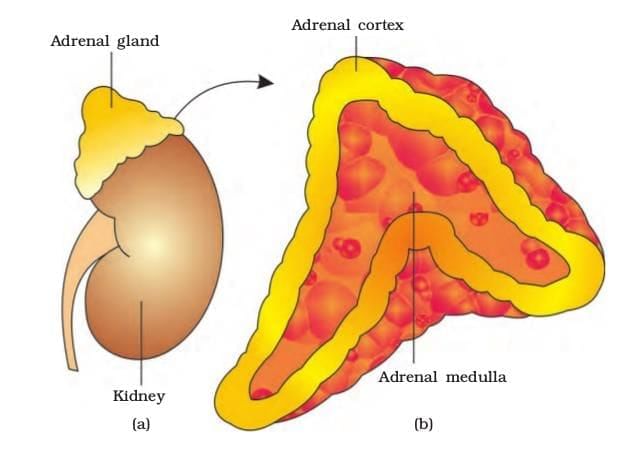Test: Hormones and their Mechanism of Action - NEET MCQ
15 Questions MCQ Test - Test: Hormones and their Mechanism of Action
A hormone with seat of activity in liver-changing glucose into glycogen is produced by :-
In a man being pursued by a dog, which of these hormones would be released quickly?
Immediate cause of induction of ovulation in human female is large in plasma surge of :-
Assertion : Diabetes insipidus is marked by excessive urination and too much thrust for water .
Reason : Anti-Diuretic hormone is secreted by posterior lobe of pitutary gland
Injection Insulin to an animal leads to increased :-
Identify A, B and C in the diagrammatic representation of the mechanism of hormone action.
Select the correct option from the following:
| 1. | A = Steroid Hormone; B = Hormone receptor Complex; C = Protein |
| 2. | A = Protein Hormone; B = Receptor; C = Cyclic AMP |
| 3. | A = Steroid Hormone; B = Receptor; C = Second Messenger |
| 4. | A = Protein Hormone; B = Cyclic AMP; C = Hormone-receptor Complex |
Which hormone has anti insulin effect :-
Sugar metabolisms, sex corticoids, salt retaining & stress management hormones releases from :-
Identify the gland (a) and (b) shown below and select right option giving their number & function

| S.No | Gland | Number | Function |
|---|---|---|---|
| a (i) | Thyroid | 1 pair | Promotes the bone deformation |
| b (ii) | Thyroid | 2 pairs | Promotes the stunted growth of growing baby |
| c (i) | Parathyroid | 1 pair | Increases the Ca²⁺ level in bone |
| d (ii) | Parathyroid | 2 pairs | Increases the Ca²⁺ level in blood |
What condition results from a lack of the hormones produced by the adrenal cortex?















